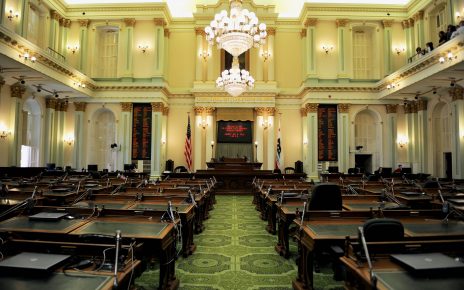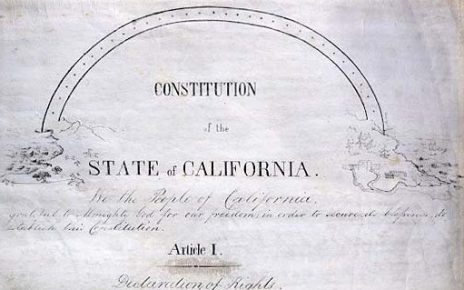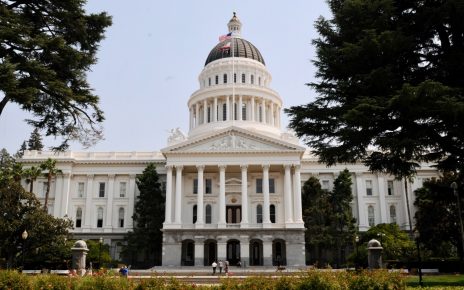Overview of California’s Budget Process
The state budget process on paper is similar to the legislative process; however, it can be different in practical terms. The full budget committees of the Senate and Assembly act mostly as the final arbiter of their respective houses when...



